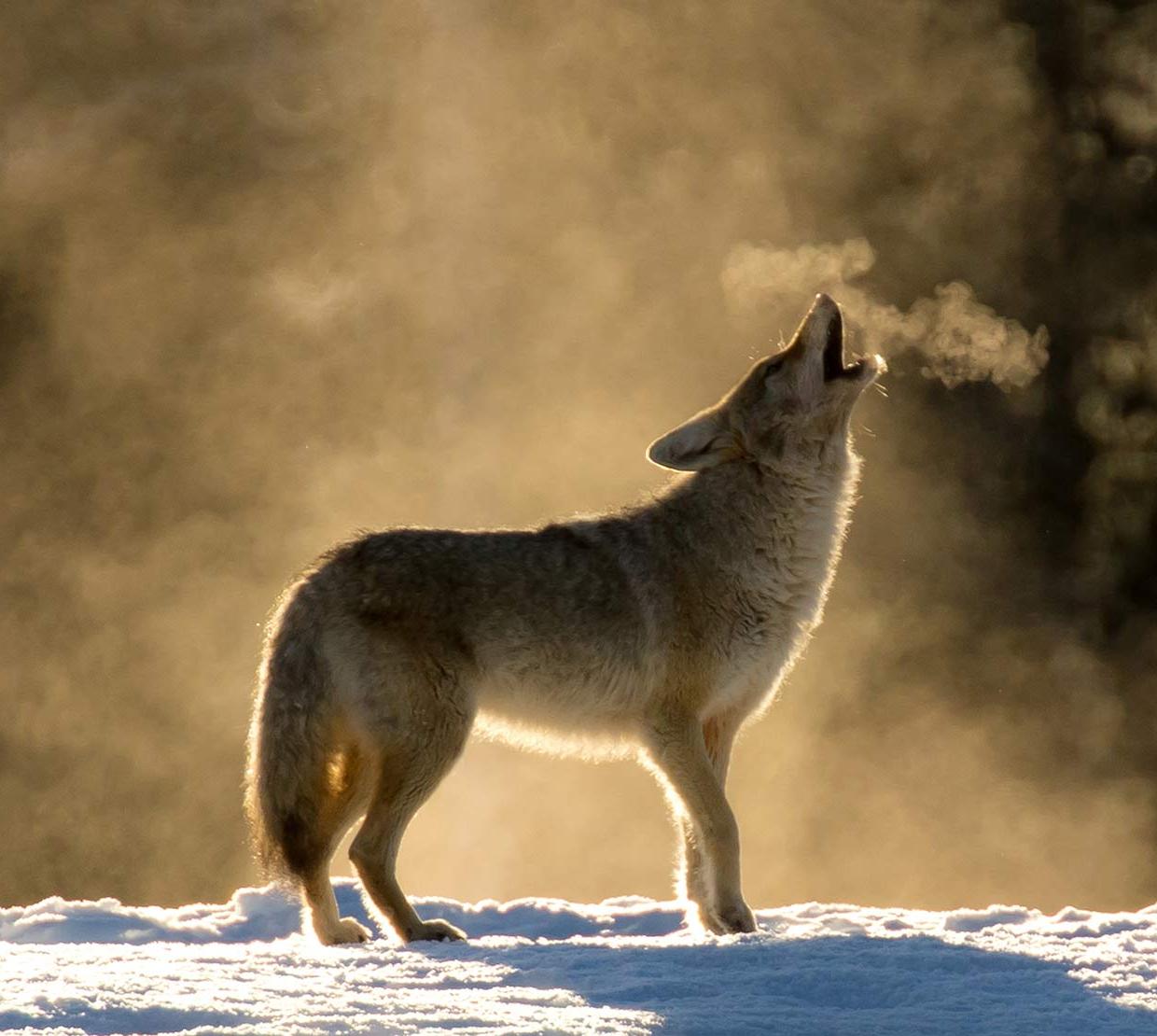New research has shed fresh light on the largely understudied area of vertebrate scavenging ecology, particularly how biotic factors – living organisms – and abiotic ones such as heat or cold influence communities of scavengers.
The findings are important because carrion, the decaying flesh of dead animals, is a key nutrient for vertebrates worldwide and comparatively little is known about how all of the interplay works.
“A common perception is most things are depredated and eaten quickly, but in actuality, carrion is a highly available resource that’s contributing significantly to the food web,” said Erin Abernethy, a Ph.D. student in integrative biology and second author on the study.
“There’s been a lot of research on how much carrion invertebrates eat, and they do eat a lot, and how the size of a carcass can tell you how much goes to vertebrates or invertebrates,” Abernethy said. “But there hasn’t been much on who among the vertebrate scavengers – coyotes, vultures, hogs, foxes, etc. – is getting what and how much, and how carcass size and habitat affect all of that. The nutrients from carcasses are reaching higher levels of the food web, and that knowledge is now getting fleshed out more.”




